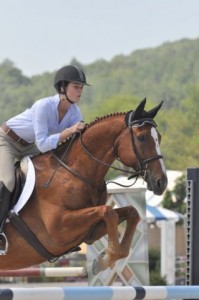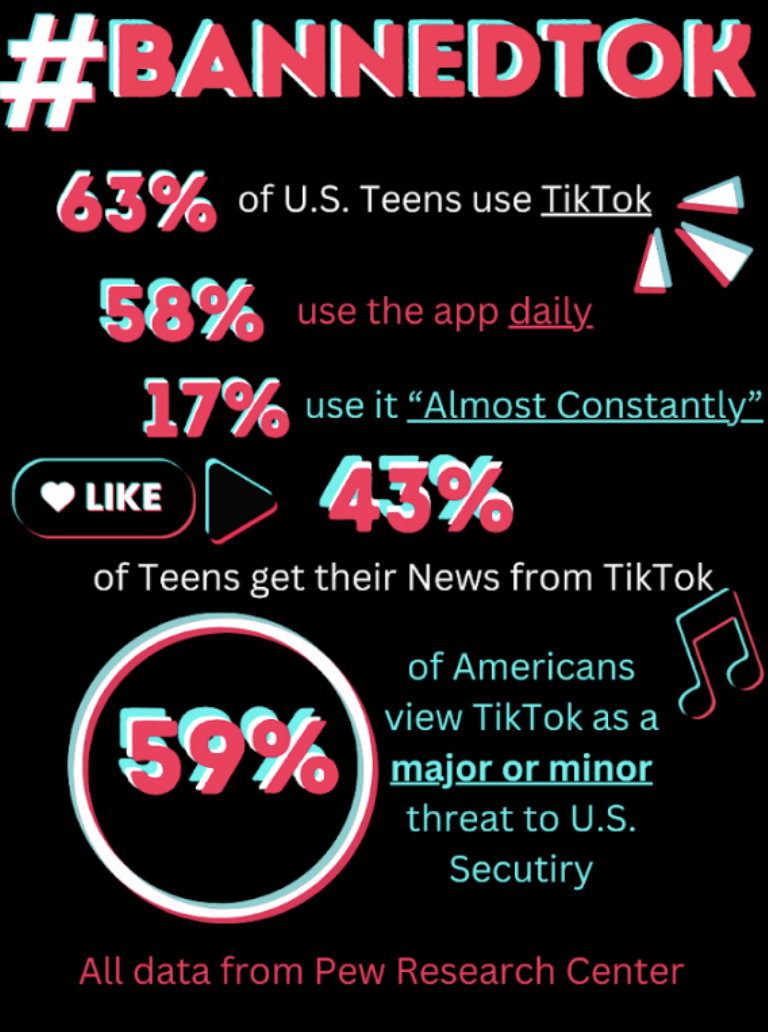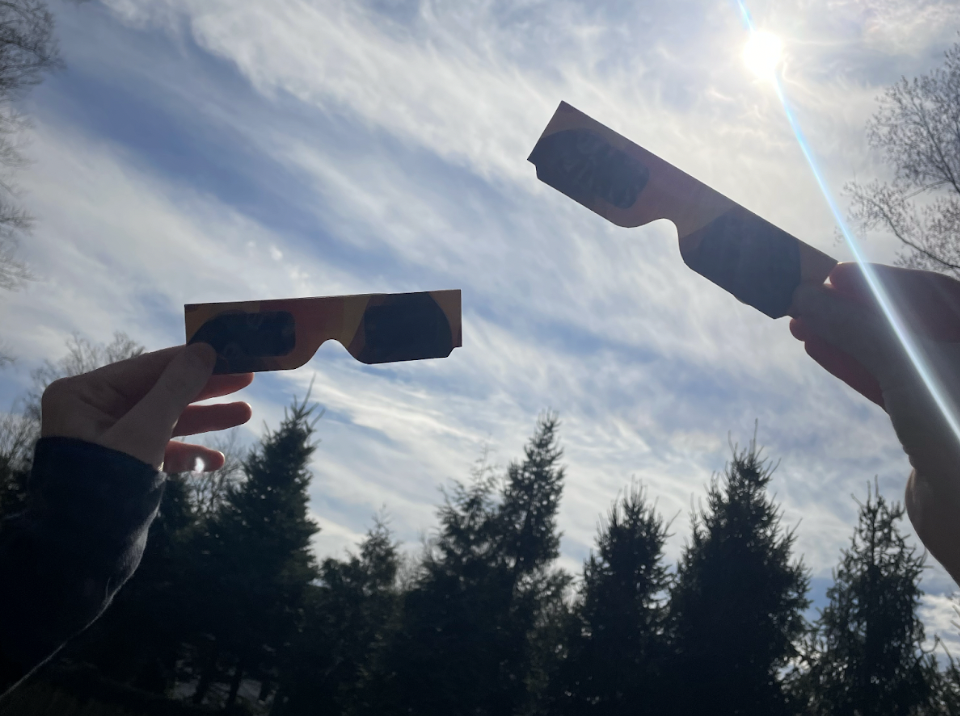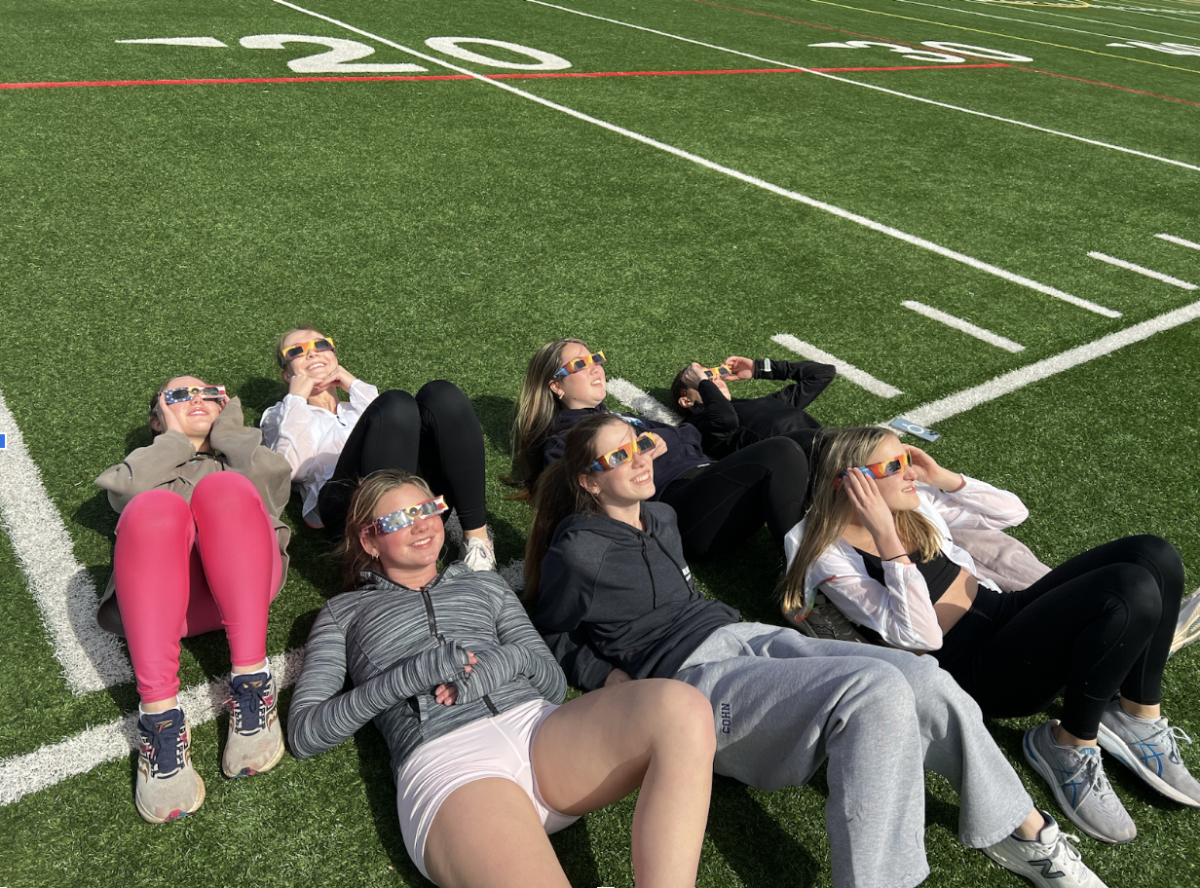
Even Bruce Springsteen’s daughter does it.
It’s a sport in which the competitor is not the one being judged, yet is responsible for every move. There are no players or teams yet it is as much of a sport as anything out there. Flying six feet in the air atop an animal sounds a bit farfetched, but in this sport it is commonplace.
“In horseback riding you’re jumping six-foot fences and risking your life,” rider Lizzy Youngling ’11 said. “In football the worst thing that can happen is breaking your knee.”
The most common form of horseback riding is split into three sections: hunter, equitation, and jumper. In jumper, there is a ring with jumps inside and the competition is based on which rider can jump the fastest. Jumper is the only timed competition, as hunter and equitation are based off of the horse’s quality. According to the riders, this causes those competitions to be politically biased.
“Hunter and equitation are basically about how much money you have,” Youngling said. “If you’re willing to spend $800,000 on a horse but you don’t know how to ride, you’re still going to win.”
However, these competitive riders do know how to ride. After all, they spend an average of six days per week at the barn.
“You have to exercise your horse and keep them in shape,” rider Colton Berger ’11 said. “You have to run flatwork and make sure they’re in the right position. It’s a lot of work.”
Though it’s hard to stay active in the off-season due to the smaller indoor rings, the riders still try to gain a leg up. According to Berger, a lot of riders travel all the way to Florida in the winter to keep up their outdoor work. However, at least for Berger, the indoor work has paid off. He has placed in several competitions, coming as high as first place.
“I have to place well in order to qualify for the finals. First place can be 10 points, second place can be eight. Overall, you need 12 points to qualify,” Berger said. “It’s the best of the best.”
The finals are held by the Connecticut Hunter/Jumper Association, but there are many other events to compete in. However, the mutual favorite was the Vermont Summer Festival.
“I wouldn’t stay up there if I didn’t like going, but it tends to be the most fun,” rider Audrey Stone ’12 said.
Stone has previously placed in the top 50 in the zone, meaning she was one of the 50 best riders throughout most of New England. Training to acquire the accolades, however, has impacted her academic life.
“My grades definitely suffer a bit. I rushed through my math midterm to get to a contest and basically bombed it. It’s cases like that that show the need to keep somewhat of a balance,” Stone said.
The other riders also face this challenge and have come up with different ways to approach it. Berger uses his free period effectively and brings his homework to events, while Youngling simply puts riding first priority. Yet, there are still other ways to handle the overload.
“I put school first during the school year and in the summer when a lot of the big shows are I am able to focus my full attention to riding,” rider Samantha Oberlander ’11 said.
The riders spend six days a week at the barn in two-hour increments each visit. No matter what way they approach it, their time is still cut short.
“When you make time for one it’s like all you’re doing is losing time for the other,” Stone said.
On top of the lost time, the riders also have to cope with an element not present in any other sport: the horse. Not only do they have to take care of themselves, but they also have to make sure their horse is maintaining good health and condition.
“It’s hard with riding because a horse may just have an off day,” Stone said. “It’s really hit or miss.”
But the riders put up with it all for their shared love of the sport. Most of them started at very young ages and have stuck with it ever since. Oberlander was inspired to ride by a stuffed horse, while Stone was inspired by a gift package she received at a function. Everyone was sparked by something, and the remarkable part is they’re still riding.
“I just thoroughly enjoy it. I don’t really know how else to put it,” Berger said. “It’s the connection between you and the horse. They have to trust you to jump and you have to trust them back. If you’re just playing outside with your dog, there’s not really any trust. I think that’s what makes it special.”
The feeling was consistent throughout all the riders.
“They can buck you off at any second but they won’t because you have that bond,” Youngling said. “It’s like they’re giving back to you, like they’re doing it for you.”
The passion they have for the sport, though, is not reflected in the press. Even though the work they put in is commendable, the community fails to recognize some of these great athletes while instead focusing on the FCIAC teams. Stone even goes as far as to say not getting recognized is an “understatement.”
“I understand that riding isn’t as popular as other sports and I kind of like the fact that it’s more exclusive in a way,” Oberlander said. “But I wish that high school kids with riding accomplishments could get the same recognition as athletes of other sports do.”
But for right now, they will focus on riding, with or without coverage. Some will do it for fun, while some, like Berger, may decide to ride in college.
“You’re with the horses so often it’s like they all have personalities,” Berger said. “I think that’s one of the reasons why I love it.”












































